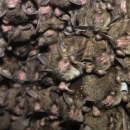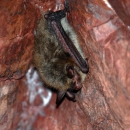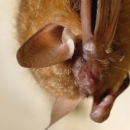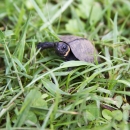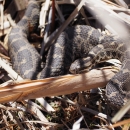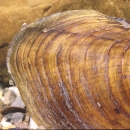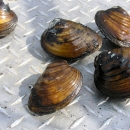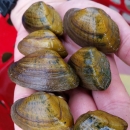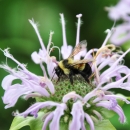Featured Species
Pennsylvania's diverse landscape offers habitat to a suite of federally protected plants and animals. Pennsylvania houses rare terrestrial species such as the wetland dependent bog turtle and eastern massasauga rattlesnake as well as seven species of aquatic freshwater mussels found in the Allegheny and Delaware River watersheds.
Pennsylvania also houses two species of bats, Indiana bat and northern long-eared bat, that rely on caves and mines for hibernation and a healthy forest ecosystem throughout the rest of the year. Two species of plants in Pennsylvania are rare enough to warrant federal protection - northeastern bulrush, and small-whorled pagonia. Two shorebird species call Pennsylvania home during migration (red knot), and for breeding and migration (piping plover).
Looking for a list of qualified surveyors? Please see Pennsylvania Qualified Surveyors under Library tab.





